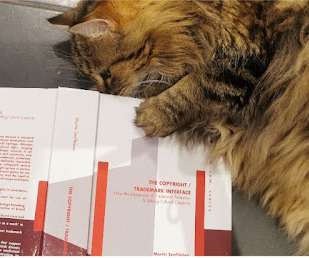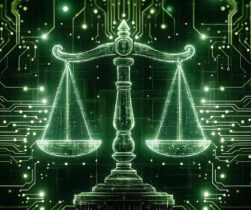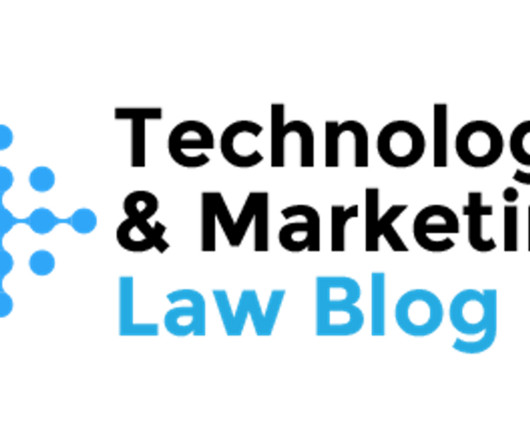Fair Use for Documentaries in US Copyright Law: Brown v Netflix
Kluwer Copyright Blog
JUNE 30, 2021
In February 2019, Tamita Brown, Glen S. The United States District Court for the Southern District of New York (‘District Court’) held that the defendants’ use of the song was fair use and granted the motion to dismiss the claims. Photo by Geoff Gill via Pixabay. Chapman, and Jason T. Netflix , Inc. ).


















Let's personalize your content